Confused by flight control tuning or inconsistent flight behavior? Ignoring your firmware choice can ruin drone performance—Betaflight offers the control and consistency your build demands.
Betaflight is an open-source firmware designed for FPV drones, offering advanced flight modes, tuning options, and wide compatibility across most modern flight controllers.
Let’s break down why Betaflight dominates the FPV scene.
Betaflight is the world’s leading multi-rotor flight control software.
The global FPV drone racing and freestyle community choose Betaflight for its performance, precision, cutting edge features, reliability and hardware support.

What flight modes are unique to Betaflight?
Betaflight stands out for its wide array of flight modes tailored specifically for FPV flying. These include:
- Acro Mode (Rate Mode): This is the default for experienced pilots, offering full manual control without self-leveling. It allows for advanced maneuvers, including flips, rolls, and acrobatics.
- Angle Mode: Ideal for beginners, this self-leveling mode limits tilt angles to prevent over-rotation.
- Horizon Mode: A hybrid mode that self-levels like Angle Mode but allows flips and rolls when stick input reaches extremes.
- Air Mode: Keeps the PID loop active even when throttle is at zero, giving full control mid-air during zero-throttle moments.
What makes Betaflight unique is how finely these modes can be tuned. You can adjust the sensitivity, limits, and responsiveness of each mode using the Configurator tool. These features, combined with its support for FPV-specific needs, make Betaflight a top-tier firmware in the drone software guide space.
How do updates improve flight control logic?
Frequent firmware updates are one of Betaflight’s strongest advantages. Each version brings refined flight algorithms, improved filtering, and more efficient PID loops. These enhancements allow for better motor control, lower latency, and reduced oscillations—critical for both freestyle and racing.
For example, recent Betaflight updates have introduced dynamic idle throttle control, anti-gravity improvements, and faster PID loop calculations (Betaflight PID loop). These changes translate into smoother stick input response, better wind resistance, and greater overall control.
Because Betaflight is open-source, the FPV community contributes to identifying bugs, testing new features, and refining code—ensuring the firmware evolves with pilot needs. Staying updated guarantees your FC benefits from cutting-edge flight control logic.
Is Betaflight better for racing or freestyle?
Betaflight is widely considered the go-to firmware for both racing and freestyle. Here’s why:
- For racing: Betaflight supports ultra-fast PID loop rates (up to 8kHz), reduced latency, and fine-tuned throttle responsiveness—essential for fast cornering and acceleration. Racers benefit from high-speed ESC compatibility and precision control.
- For freestyle: The same firmware supports smooth transitions, excellent stick feel, and features like Air Mode and D-Term filtering for cinematic flow. Betaflight’s tuning flexibility allows freestyle pilots to craft a personalized control feel.
Additionally, filtering systems in Betaflight reduce gyro noise, helping freestyle pilots achieve buttery-smooth video capture. Whether it’s raw speed or smooth flow, Betaflight delivers a powerful balance for both flying styles in the FPV tuning firmware category.
Which FCs are best optimized for Betaflight?
Most modern flight controllers are built with Betaflight support in mind. However, some brands are particularly optimized for this firmware:
- Matek Systems: Known for stable performance and excellent hardware compatibility, with integrated features like current sensors and barometers.
- Holybro Kakute Series: Offers soft-mounted IMUs, onboard OSDs, and good voltage regulation—tailored for Betaflight’s high-frequency loop operation.
- SpeedyBee: Combines user-friendly configurability with Betaflight’s full feature set.
- iFlight BLITZ Series: Designed for plug-and-play compatibility with Betaflight presets and fast installation.
When choosing a flight controller, consider whether it has an F4 or F7 chip, as these determine the processing capability for Betaflight’s advanced features. FCs with integrated barometers, blackbox logging, and filtered power outputs perform better when running advanced Betaflight configurations in high-performance builds.
Can you flash Betaflight on all FC chips?
Betaflight supports a wide range of flight controller chips, but not all. The most common supported chips are:
- STM32F3 (F3): Older and now deprecated—new Betaflight versions no longer support F3 boards.
- STM32F4 (F4): Most commonly used; good balance between cost and processing power.
- STM32F7 (F7): Higher-end, capable of running more advanced features, higher loop rates, and logging.
- STM32H7 (H7): Latest-generation chips offering extreme performance and future-proofing.
However, not all flight controllers can run Betaflight if their firmware targets aren’t included in Betaflight’s repository. Before flashing, you must verify the board’s target name (e.g., MATEKF722SE) and confirm it’s listed on the official Betaflight Configurator.
Flashing Betaflight also requires using the correct USB drivers and following steps in the Betaflight Configurator. The flashing process is straightforward once you identify your board, and Betaflight’s documentation makes it easy to get started—even for newcomers to quadcopter firmware support.
Conclusion
Betaflight offers unmatched control, frequent updates, and broad support—ideal for racers, freestylers, and modern FCs alike.

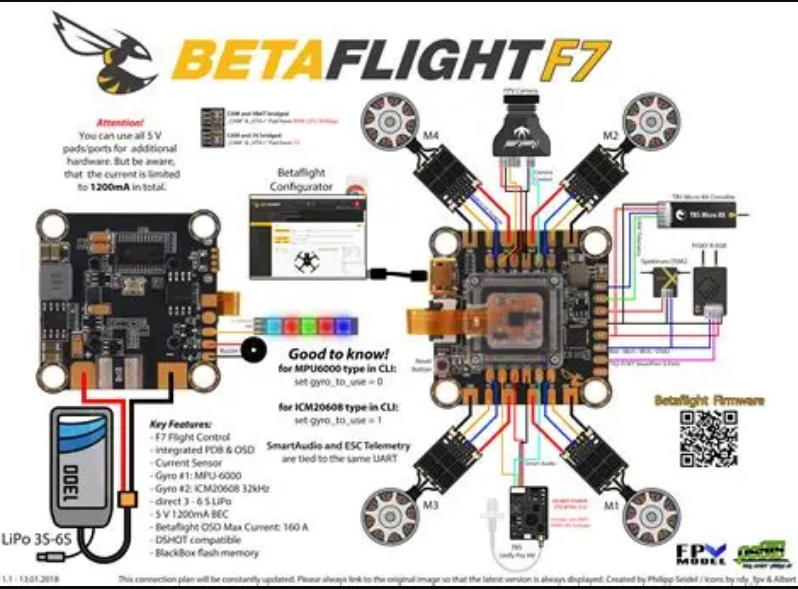
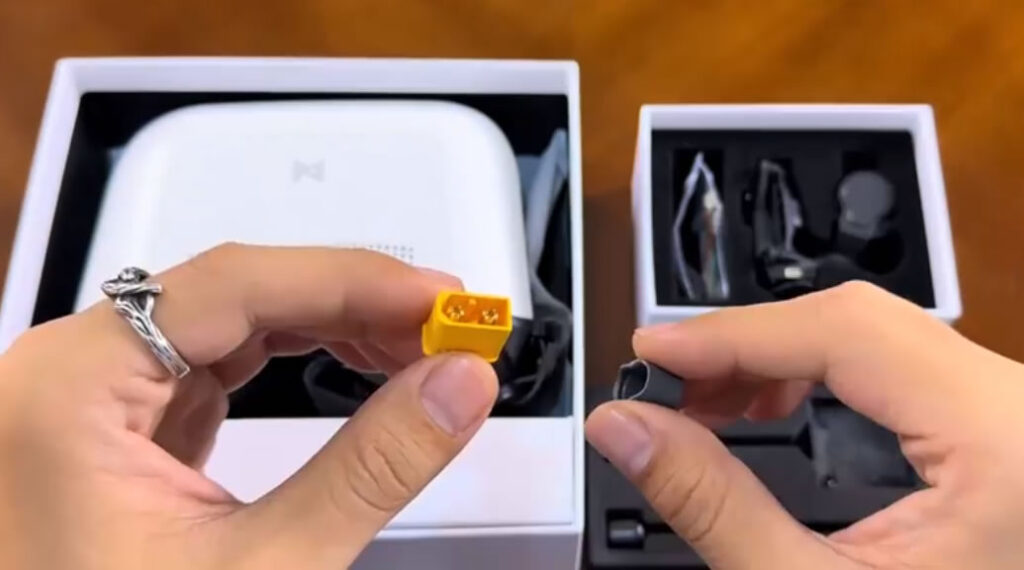


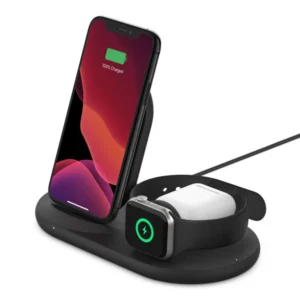
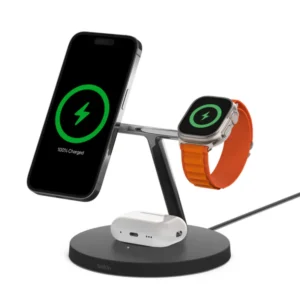
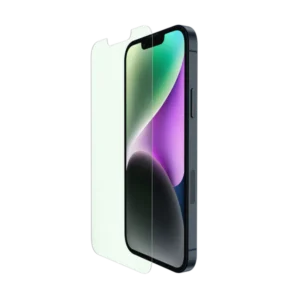
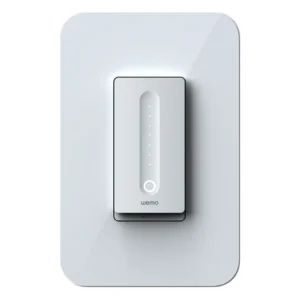
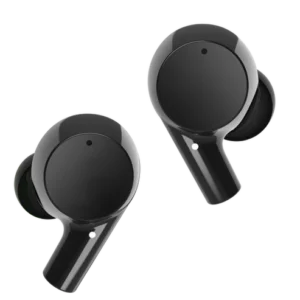
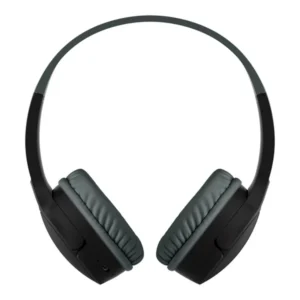
Comment (1)
您好,这是一条评论。若需要审核、编辑或删除评论,请访问仪表盘的评论界面。评论者头像来自 Gravatar。